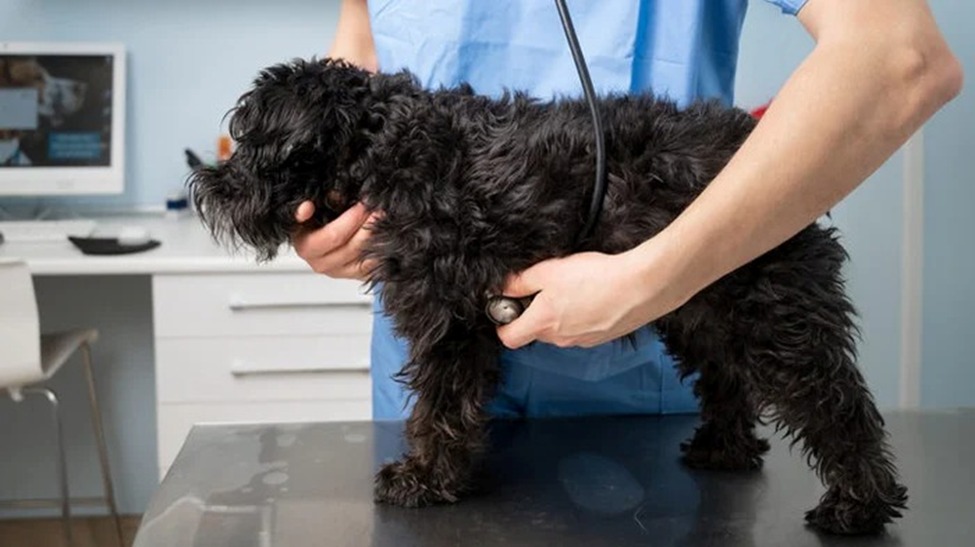Understanding Pet Liability Insurance
Introduction
Pet ownership brings joy and companionship to millions of people worldwide. However, it also comes with responsibilities, including ensuring that your pet does not cause harm or damage to others. Pet liability insurance is a crucial tool for pet owners to protect themselves financially in case their pet causes injury or property damage. In this guide, we will explore the key aspects of pet liability insurance, including what it covers, who needs it, how much it costs, and how to get it.
What Does Pet Liability Insurance Cover?
Pet liability insurance primarily covers third-party injuries and property damage caused by your pet. Here’s a detailed look at what it typically includes:
Third-Party Injuries: If your pet bites or attacks someone, resulting in injuries, the insurance can cover the injured person’s medical expenses. This can include hospital bills, medication costs, and other related expenses.
Property Damage: If your pet damages someone else’s property, such as furniture, clothing, or vehicles, the insurance can cover the cost of repairs or replacement.
Legal Expenses: If you’re sued because of your pet’s actions, pet liability insurance can cover your legal fees, including attorney fees, court costs, and any settlements or judgments against you.
READ ALSO: STUDY OPPORTUNITY IN CZECH REPUBLIC
Who Needs Pet Liability Insurance?
Pet liability insurance is essential for anyone who owns a pet, especially dogs. Even the most well-behaved pets can sometimes behave unpredictably, leading to accidental injuries or damage. Here are some key groups who should consider pet liability insurance:
Pet Owners: Whether you have a dog, cat, or other pet, having liability insurance can protect you from the financial consequences of your pet’s actions.
Renters: Some landlords require tenants to have pet liability insurance to cover any damages caused by pets. It’s essential to check your lease agreement for any specific requirements regarding pet insurance.
Pet Businesses: If you run a pet-related business, such as a dog walking service, pet boarding facility, or pet grooming salon, pet liability insurance is crucial to protect your business from liability claims.
How Much Does Pet Liability Insurance Cost?
The cost of pet liability insurance varies depending on several factors, including the type of pet you have, its breed, your location, and the coverage limits you choose. On average, pet liability insurance can cost anywhere from $100 to $400 per year. Factors that can affect the cost of insurance include:
Pet’s Breed: Certain breeds are considered higher risk and may have higher premiums or breed restrictions.
Location: Insurance costs can vary based on where you live, including factors such as local laws and regulations.
Coverage Limits: The higher the coverage limits, the more expensive the insurance policy is likely to be.
How to Get Pet Liability Insurance
You can purchase pet liability insurance from insurance companies that specialize in pet insurance. Some companies offer standalone pet liability policies, while others include it as part of a comprehensive pet insurance policy. Here’s how to get pet liability insurance:
Research Insurance Providers: Look for insurance companies that offer pet liability insurance and compare quotes and coverage options.
Choose the Right Coverage: Determine the coverage limits and any additional features you need based on your pet’s breed, your location, and your budget.
Apply for Insurance: Fill out an application form with the insurance company, providing information about your pet and any relevant details.
Pay Premiums: Once your application is approved, you’ll need to pay the insurance premiums to activate your coverage.
Key Considerations
When considering pet liability insurance, there are several key factors to keep in mind:
Breed Restrictions:
Insurance companies often consider certain dog breeds to be higher risk due to their perceived tendency for aggression or higher likelihood of causing injury. Breeds commonly associated with breed restrictions include pit bulls, Rottweilers, Doberman Pinschers, and others. Some insurance companies may refuse to provide coverage for these breeds, while others may offer coverage but with higher premiums or stricter requirements.
It’s important for pet owners to understand any breed restrictions that may apply to their insurance policy. Failure to disclose the breed of your pet accurately could result in a claim denial or cancellation of your policy if your pet is involved in an incident.
Coverage Limits:
Pet liability insurance policies typically have coverage limits, which are the maximum amounts the insurance company will pay for a covered claim. These limits can vary depending on the policy and the insurance provider. It’s crucial to review your policy documents carefully to understand the specific coverage limits that apply to your policy.
In addition to coverage limits, insurance policies may also have exclusions or limitations that can affect your coverage. Common exclusions include intentional acts, injuries caused by professional activities (e.g., a dog trained for security purposes), and injuries to your own family members.
Claims Process:
Filing a claim with your pet liability insurance provider typically involves the following steps:
- Notify Your Insurance Provider: Contact your insurance company as soon as possible after an incident occurs. Provide them with details of the incident, including the date, time, and location, as well as any relevant documentation, such as witness statements or veterinary records.
- Submit Documentation: Your insurance company may require you to submit documentation to support your claim, such as medical bills, repair estimates, or photos of the damage. Be sure to comply with any requests promptly to avoid delays in processing your claim.
- Review and Processing: Once your insurance company has received all the necessary documentation, they will review your claim and determine if it is covered under your policy. If approved, they will process the claim and issue payment for eligible expenses.
- Appeals Process: If your claim is denied or if you disagree with the outcome of your claim, most insurance companies have an appeals process that allows you to challenge the decision. Be sure to follow the instructions provided by your insurance company to file an appeal.
Understanding the breed restrictions, coverage limits, and claims process of your pet liability insurance policy is essential to ensure you have the coverage you need in case of an incident involving your pet. If you have any questions or concerns about your policy, be sure to contact your insurance provider for clarification.
Conclusion
Pet liability insurance is a valuable tool for pet owners to protect themselves financially in case their pet causes injury or property damage. By understanding what pet liability insurance covers, who needs it, how much it costs, and how to get it, pet owners can make informed decisions to ensure they have the right coverage for their needs.



